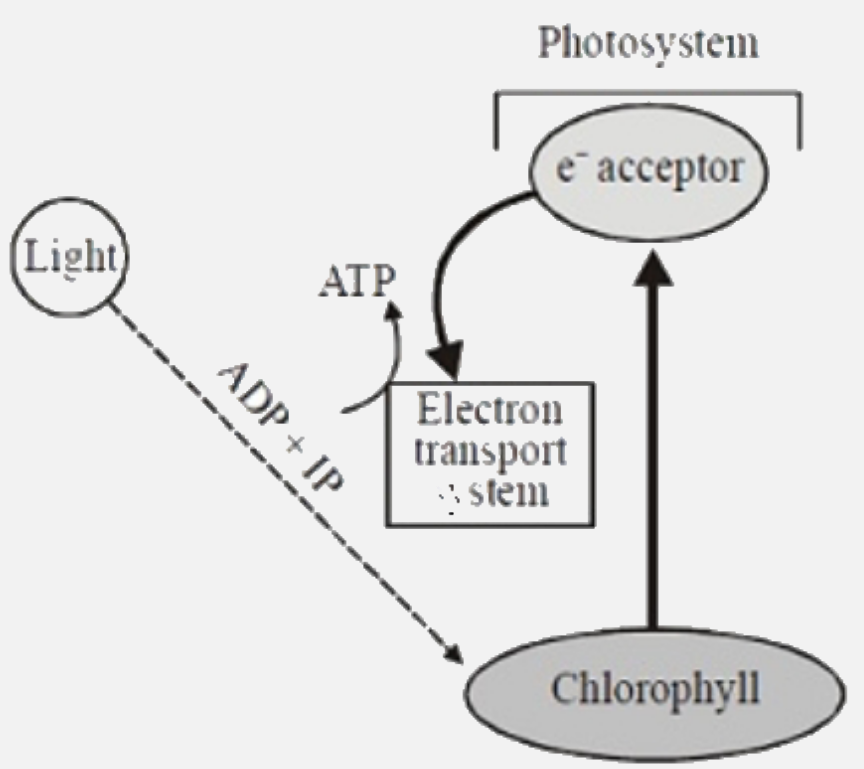Which of the following are applicable for a thermochemical equation ? It tells :
It tells about physical state of reactants and products
It tells whether the reaction is spontaneous
It tells whether the reaction is exothermic or endothermic
It tells about the allotropic form (if any) of the reactants
The correct Answer is:B
To solve the question regarding the applicability of a thermochemical equation, we will analyze the characteristics and implications of such equations step by step.
Step 1: Understanding Thermochemical Equations
A thermochemical equation is a balanced chemical equation that includes the enthalpy change (ΔH) associated with the reaction. It provides information about the states of the reactants and products (solid, liquid, gas) and the heat absorbed or released during the reaction.
Hint: Remember that a thermochemical equation must include the physical states of all reactants and products.
Step 2: Identifying Key Features
1. States of Reactants and Products: A thermochemical equation specifies whether the substances involved are in solid, liquid, or gaseous states.
2. Enthalpy Change: It indicates whether the reaction is exothermic (ΔH < 0) or endothermic (ΔH > 0).
3. Allotropic Forms: If any reactants or products exist in different allotropes, the thermochemical equation will specify which allotrope is involved.
Hint: Focus on the information that can be derived directly from the enthalpy change and the states of matter.
Step 3: Evaluating the Statements
Now, we will evaluate the statements provided in the question based on the characteristics identified.
- Statement A: "It tells whether the reaction is spontaneous."
- This statement is incorrect. Spontaneity is determined by Gibbs free energy (ΔG), not just the enthalpy change (ΔH).
- Statement B: "It tells whether the reaction is exothermic or endothermic."
- This statement is correct. The sign of ΔH indicates whether the reaction releases heat (exothermic) or absorbs heat (endothermic).
- Statement C: "It tells the states of reactants and products."
- This statement is correct. A thermochemical equation explicitly includes the physical states of all substances involved.
- Statement D: "It tells about the allotropic form if any of the reactants have."
- This statement is correct. The equation can specify the allotrope of a reactant if applicable.
Conclusion
Based on the evaluation, the applicable statements for a thermochemical equation are:
- Statement B (exothermic or endothermic)
- Statement C (states of reactants and products)
- Statement D (allotropic forms)
Thus, the correct answers are B, C, and D.
Final Answer: The applicable statements for a thermochemical equation are B, C, and D.
A thermochemical equation is a balanced chemical equation that includes the enthalpy change (ΔH) associated with the reaction. It provides information about the states of the reactants and products (solid, liquid, gas) and the heat absorbed or released during the reaction.
1. States of Reactants and Products: A thermochemical equation specifies whether the substances involved are in solid, liquid, or gaseous states.
2. Enthalpy Change: It indicates whether the reaction is exothermic (ΔH < 0) or endothermic (ΔH > 0).
3. Allotropic Forms: If any reactants or products exist in different allotropes, the thermochemical equation will specify which allotrope is involved.
Now, we will evaluate the statements provided in the question based on the characteristics identified.
- This statement is incorrect. Spontaneity is determined by Gibbs free energy (ΔG), not just the enthalpy change (ΔH).
- This statement is correct. The sign of ΔH indicates whether the reaction releases heat (exothermic) or absorbs heat (endothermic).
- This statement is correct. A thermochemical equation explicitly includes the physical states of all substances involved.
- This statement is correct. The equation can specify the allotrope of a reactant if applicable.
Based on the evaluation, the applicable statements for a thermochemical equation are:
- Statement B (exothermic or endothermic)
- Statement C (states of reactants and products)
- Statement D (allotropic forms)
Topper's Solved these Questions
- BOOK - ALLENCHAPTER - THERMODYNAMICS EXERCISE - EXERCISE -418videos
THERMODYNAMICS
- BOOK - ALLENCHAPTER - THERMODYNAMICS EXERCISE - EXERCISE -2100videos
THERMODYNAMICS
- BOOK - ALLENCHAPTER - TEST PAPERSEXERCISE - MATHEMATICS2videos
TEST PAPERS
- BOOK - ALLENCHAPTER - Thermodynamics And Thermo ChemistryEXERCISE - All Questions40videos
Thermodynamics And Thermo Chemistry
Similar Questions
Knowledge Check
- Question 1 - Select One
Which of the following is not an application of electrochemical series?
ATo compare the relative oxidising and reducing power of substances.BTo predict evolution of hydrogen gas on reaction of metal with acid.CTo predict spontaneity of a redox reaction.DTo calculate the amount of metal deposited on cathode.
Which of the following is not applicable to Drosophila
View Solution
Which of the following is applicable to the given figure ?View SolutionWhich if the following is not applicable for Bt - cotton ?
View Solutionwhich one of the following is not applicable to RNA
View SolutionWhich of the following is not application of RNA :
View SolutionWhich of the following features is not applicable for red muscle fibres ?
View SolutionWhich of the following is not applicable to Agrobacterium tumifaciens?
View Solution

